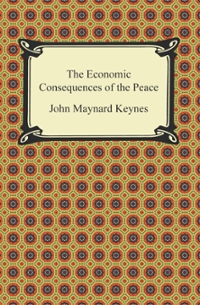Economics question 1
The economic functions of government differ from the political functions of government in that
1.the economic functions are carried out by the federal government, while the political functions are carried out by state and local governments.
2.the economic functions include policies that affect income redistribution, while the political functions involve things that affect the way exchange is carried out.
3.the economic functions involve things that affect the way exchange is carried out while the political functions include policies that affect income redistribution.
4.the economic functions are carried out by state and local governments, while the political functions are carried out by the federal government.
Assume that a decision maker's current wealth is 10,000. Assign #(0) = -1 and #(10,000) = 0. a. When facing a loss of X with probability 0.5 and remaining at current wealth with probability 0.5, the decision maker would be willing to pay up to G for complete insurance. The values for X and G in three situations are given below. X G 10 000 6 000 6 000 3 300 3 300 1 700 Determine three values on the decision maker's utility of wealth function b. Calculate the slopes of the four line segments joining the five points de- termined on the graph u(w). Determine the rates of change of the slopes from segment to segment. c. Put yourself in the role of a decision maker with wealth 10,000. In addition to the given values of #(0) and u(10,000), elicit three additional values on your utility of wealth function w. d. On the basis of the five values of your utility function, calculate the slopes and the rates of change of the slopes as done in part (b). St. Petersburg paradox: Consider a game of chance that consists of tossing a coin until a head appears. The probability of a head is 0.5 and the repeated trials are independent. Let the random variable N be the number of the trial on which the first head occurs.a. Show that the probability function (p.f.) of N is given by An) = NIH n = 1, 2, 3, .... b. Find E[N] and Var(N). c. If a reward of X = 2" is paid, prove that the expectation of the reward does not exist. d. If this reward has utility u(w) = log w, find Elu(X)]. ion 1.3 Jensen's inequalities: a. Assume u"(w) 0.] b. If u"(w) > 0, prove that E[u(X)] = u(p). c. Discuss Jensen's inequalities for the special case u(w) = w. What is E[u(X)] - "(E[X])? If a utility function is such that u'(w) > U and u"(w) > 0, use (1.3.1) to show G s J. A decision maker with preferences consistent with u"(w) > 0 is a risk lover. Construct a geometric argument, based on a graph like that displayed in Figure 1.3.1, that if u'(w) 0, is the utility function of a decision maker who is risk averse for w > 0. A utility function is given by e (w-100)2 / 200 w 0, k > 0, dw confirm that u(w) = k log w + c. A decision maker has utility function u(w) = k log w. The decision maker has wealth w, w > 1, and faces a random loss X, which has a uniform distribution on the interval (0, 1). Use (1.3.1) to show that the maximum insurance pre- mium that the decision maker will pay for complete insurance is








